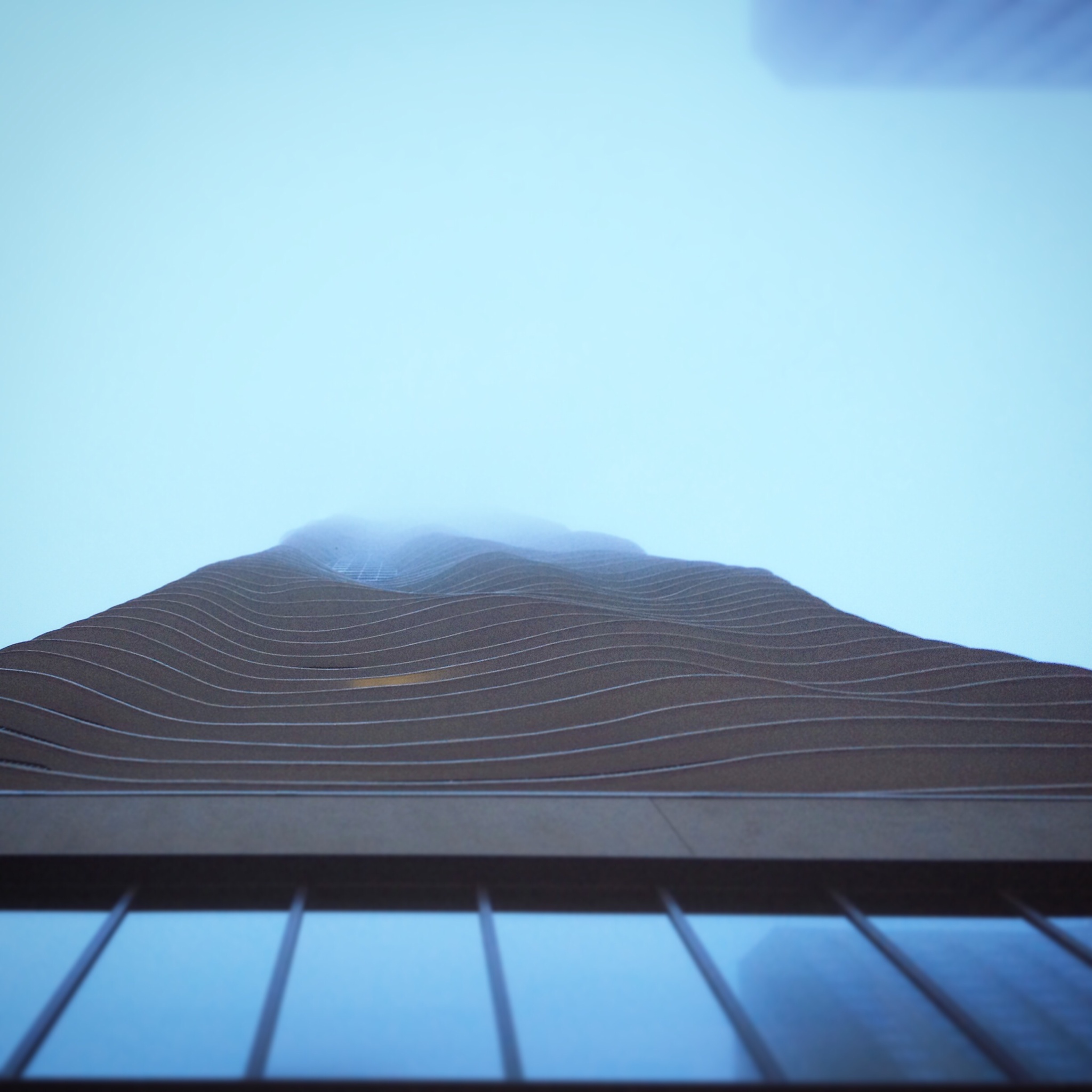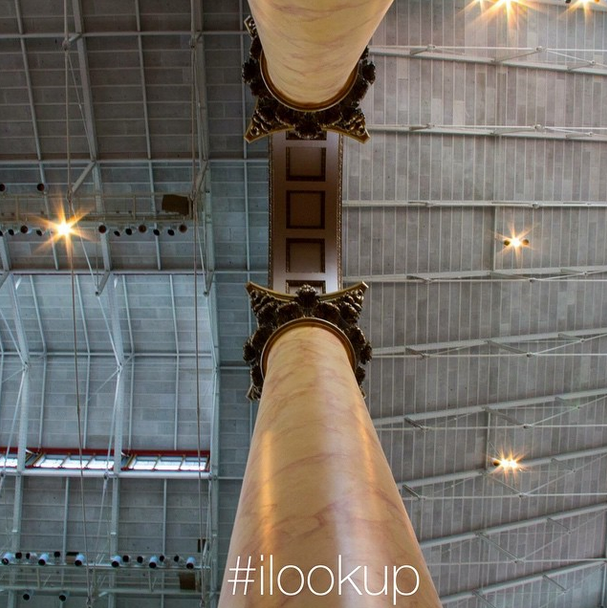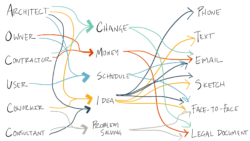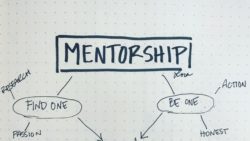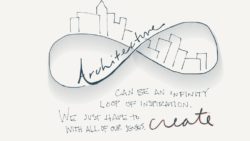#ilookup…but why?

Walking around Utrecht. I got caught looking at a building detail, holding up our group of friends. I *might* be making a face, upset that my thought was interrupted.
I look up. Seriously. All the time.
I can’t remember a time in my life when I haven’t been looking up. Buildings have always intrigued me. We would travel somewhere as a family when I was young, and I would lag behind, mesmerized by the architecture of the place. Now as an adult, I still do the same thing. I recently became a statistic of young adults braving the world of online dating; yes, it’s as bad as you’ve heard. Point being, the fact that #ilookup secured a prominent spot in my “profile” and I didn’t even realize it until the other day.
“I love traveling to new places, experiencing the culture and immersing myself into the local life as much as possible. An architect by trade, I need someone who will patiently smile while I gawk at buildings.”
I come with a disclaimer, albeit one I’m very proud of: I’m an architect. #ilookup. It’s what we do, right? We look up. That makes AIA National’s new #ilookup campaign not that surprising of a choice. The bigger question we need to answer out of this is WHY.
Why do we stand around like a sea of frozen dorks, peering up at the sky, looking at buildings so intently that we sometimes draw the attention of building security or local police?
INSPIRATION
When #ilookup, I’m learning from the greats before me. I’m studying, questioning, and immersing myself in the building design – from the macro to micro – to figure out what led the architect to design the way he/she did. From Michelangelo to Mies to Miller Hull, they all have knowledge beyond measure. While some of the greats are no longer with us, we are lucky because they left their genius behind to learn from in the form of their buildings…all we have to do is look up. We can learn from their why, to better inform ours. If the architect isn’t available to have a dialogue, it’s okay. The building creates the dialogue. It embodies the why.
At #AIACon14 last year, my first ever AIA convention, I mentioned in my recap of the experience:
“Architects are going through a weird growth stage right now. We’re like the awkward teenage boy trying to talk to the girl (the public) at the high school dance. We’re trying to figure out how to re-assert our value to the world and explain what it is we actually provide that makes our profession so valuable. That understanding all seems to start with these interactions. Talking to each other helps us vet our ideas and priorities; doing so on a public scale means a product rep or a potential client can follow along and learn something or interject a comment, too. In my mind, any discussion about architecture and architects is a good one. Taking that discussion online means anyone can be involved.”
The #ilookup campaign begins the process of solidifying that creation of a dialogue. We can tell the story of our why, while looking to see what inspires others…all with a click of a button and a tap of the keys. We can question, validate, critique, and inspire. We just need to keep that “why” in mind…that’s how we reach the audience of the potential client.
That’s the goal right? We’re hopefully not out hashtagging on Instagram or babbling about #ilookup on the twittersphere or vast reaches of the interwebs simply to babble and beat our chests, but instead to prove our value and reach a current, or possible future, client. Our value? That’s the why. That’s the story of what we bring to the table. In the most recent #ArchiTalks series, lead by the formidable Bob Borson, I wrote about the value of architecture:
“When you design with value in mind (and I don’t mean value engineering), inspiration is a byproduct. You tell the story of the building well, and you in effect tell the story of the user. The inspiration they feel from the building, or the calmness, may cause them to look at their own business problems in new and unique ways, in turn inspiring them to their own creative solutions. Which then may change something about how we live > which changes how we design to use spaces > which inspires again.”
Architecture, after all, is about the human. Humans are our clients, our investors, and – most importantly – our end users. Their cultural and personal needs create the parameters for our projects. They give us the “why”. And now? They have the ability to interact with us literally as the design is happening in a way that was never possible before. The growth of digital media means instant answers at our fingertips. It means sharing to an audience bigger than you’ve ever been able to reach in the past. And it means, if you care about the why, seeing what matters to them and how they use that fancy space you just designed. The why, the story you create in the shape of a building, becomes part of their story. As they interact with the built environment, they form memories associated with that space. Our designs affect their relationship with their community and with the building itself. It’s not a passive thing, it’s an active verb. Our buildings are actively shaping their lives.
So the question as we move forward with the #ilookup campaign is why. When you tell your story on social media, WHY do you want to use the tool? How are you using it to tell your story and provide your client with a knock-out project? There is no silver bullet in solving architectural projects, and because of the variety of work we do, our knowledge base is just as diverse. But if we know our values, if we have a good grasp on our why, we’re bound to do a pretty spectacular job creating the right design to serve our client and the community as a whole. And that’s how we tell our value.
#ilookup to find inspiration that drives me every day to make the world better, one design at a time. I believe, as Architects, the impetus is on us to share our knowledge and skills to better our environment for everyone involved. After all, the “why” is the human. And that includes you and me.
Until next time,

